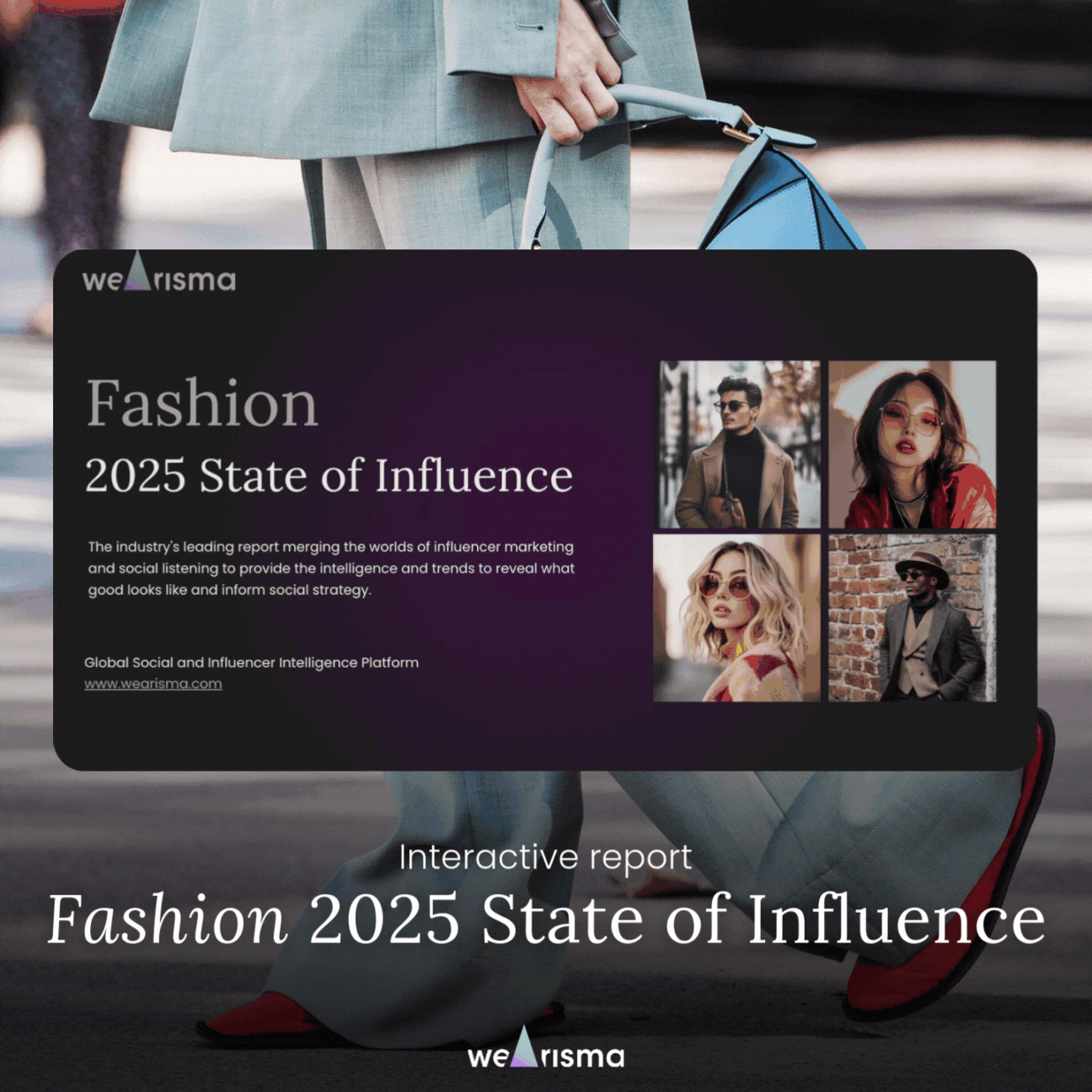As Pride Month highlights the power of global social media conversations in connecting and defining our identities, retailers must move beyond generic approaches to embrace true inclusivity, as exemplified by Nike’s plus-size mannequin and Harry’s authentic Pride campaign, while aligning with evolving values on sustainability and avoiding superficial efforts that lack genuine connection.

Published On: June 17, 2019
With Pride Month going on, we’ve been thinking about the global conversations that now exist on social media that both connect people and allow us to express individuality whilst building collective identities in stronger ways than ever. Now, not only are we individuals who live in physical communities, we have identities that define us online and allow us to transcend distance to find our tribes no matter where we are.
The implication for retailers? The cookie cutter approach to shopping will no longer do. We’ve seen Nike including a plus size mannequin to showcase its sportswear. Sinead Burke worked with luxury brands and created the world’s first little person mannequin, which was used for her fitting in Gucci for the Met Gala this year, and has opened up the opportunity for other brands to include a long-marginalised group who have cash to spend. And many brands have created Pride campaigns this year; although not all are doing it in as authentic a way as Harry’s, whose Shave with Pride set will send 100% of profits to The Trevor Project. No lip service there.

Our beliefs make up part of our identity, and the rising community focused on sustainability and the environment shows that retailers are expected to do more to keep our world healthy. 52% of UK and US consumers want the fashion industry to be more sustainable, and Wearisma research showed that conversation around sustainability has increased 5x in the past year.
There is a risk for brands when considering how to represent our ever-evolving culture. Done well, brands can ensure relevance and influence. But if the efforts are deemed inauthentic, audiences are quick to call brands out. A general rule is: if it feels counter to their brand values, they should probably steer clear. It’s much more effective to consistently include different types of people in campaign imagery than to slap a rainbow on a product for one month a year.
Becoming part of a community is tough for a brand unless it’s been created from the inside by collaborating with those who are considered to be ‘insiders’. Dapper Dan’s clothing and subsequent Gucci line has been successful because he is a genuine Harlem local. Brands must first figure out where their values lie; there’s no authenticity in a brand who only wants to cater to one type of customer creating a campaign targeting another group, without properly thinking through the experience for the consumer. Coming back to that word again; it needs to feel authentic. The Fenty Beauty range, from beauty brand incubator Kendo, talked the talk with its super-inclusive 40 shades, providing credibility alongside the star power of Rihanna.
Even if influencers aren’t part of the creation process, they can support on the communication side. Once a solid campaign or product has been devised, influencers can help bridge the gap between brands and new communities. Once there’s something of value to offer new audiences, popular members of that community – particularly micro influencers, who gain higher engagement – can act as digital ambassadors. Making your brand personal to consumers is key; especially as millennial consumers are using less credit in their spending, and 59% of the millennial beauty consumers Afterpay surveyed remain loyal to one brand.
‘Authenticity’ may have become a bit of a buzzword, but it’s unlikely to be a theme that goes away any time soon. Wearisma research showed that Luxury Influencers talk about their identity more than their lifestyle or their home.
When consumers feel brands are authentically connected with them, they will not only buy from them more often; they will defend their cause, and subsequently the brand, openly and fiercely as we saw with the conversation around Nike’s plus size mannequins:
When done well with authentic creation and communication, the opportunity is huge. With 40 million people with a disability in the US alone, 11 million LGBT American adults and $21.4 billion spent on plus size clothing in 2016, we’re talking about sizeable groups who have spending power, and a growing desire to be catered for.
The balance between embracing diversity and remaining true to one’s brand should certainly be taken seriously. By including relevant, reputable personalities in the process, and creating truly authentic connections with communities, the opportunity to remain relevant in the eyes of the consumer can be taken. If you’d like specific guidance on choosing the right set of influencers during your creation and/or your marketing phase, get in touch:
Keep informed with the latest trends, reports, and case studies from the world of influencer marketing.

Influencer marketing has transformed significantly in recent years, expanding beyond simply identifying social media personalities with substantial followings. Today’s successful campaigns require sophisticated systems that address the entire marketing process, from strategic creator selection through content development to comprehensive performance analysis.

WeArisma’s Fashion 2025 State of Influence Interactive Report – Your Essential Guide to Beauty Brand Success in the Digital Age.
The fashion landscape is evolving. Traditional strategies no longer guarantee success – Resonance, Virality, and Authentic Engagement are beginning to define market leaders.
Our latest Fashion 2025 State of Influence Report uncovers the key shifts shaping the industry and the strategies fueling sustained impact.
Stay up to date with the latest industry trends and topics
Discover how WeArisma can help you harness the power in influence, grow your brand’s presence, and achieve measurable success.
WeArisma combines the power of AI, influencer marketing and social listening to deliver smarter, scalable strategies with real impact.